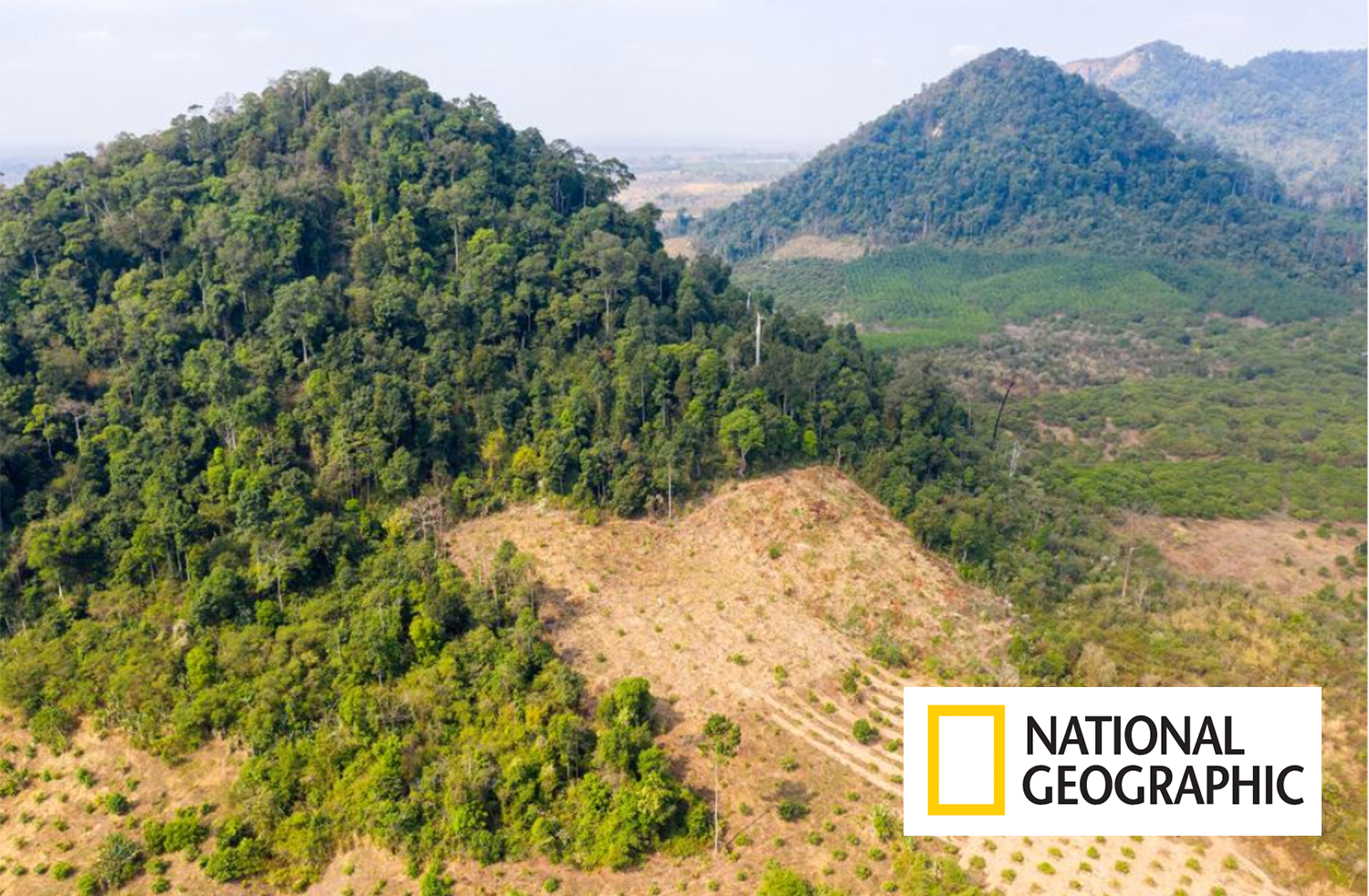August 26, 2020 | National Geographic
Hun Sotharith recalls when he moved to Cambodia’s Tonle Sap to become a fisherman. It was the early 1990s, and the lake's freshwater swamp forest where he fished was so dense that it could take Sotharith, a former soldier, a day and a half to find the way back to his floating village.
Back then, during the six-month rainy season, the vast wetland became a place to feed, breed, and hide for a wide diversity of fish, including the critically endangered Mekong giant catfish. “Everywhere was forest, and fish was abundant,” says Sotharith.
Read the full text by Stefan Lovgren on the National Geographic website.
